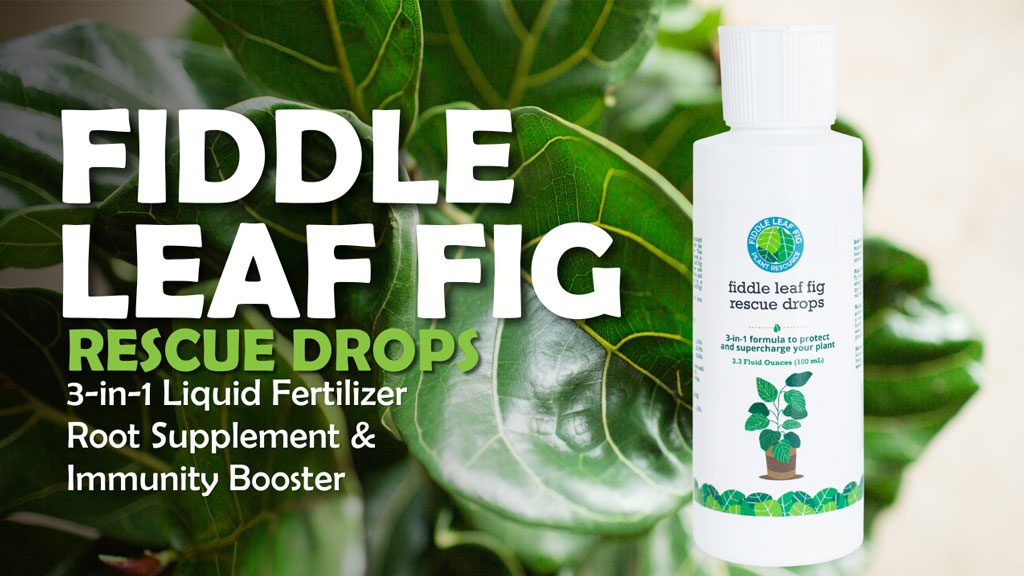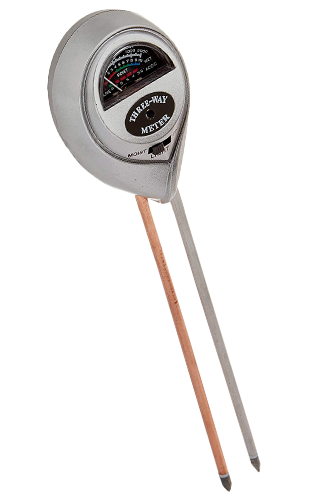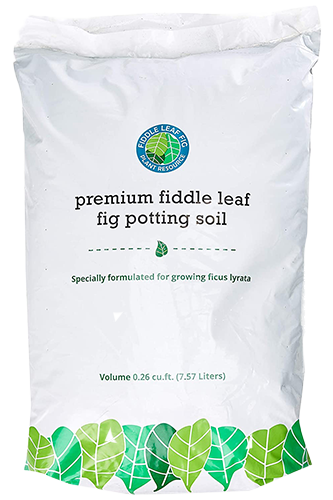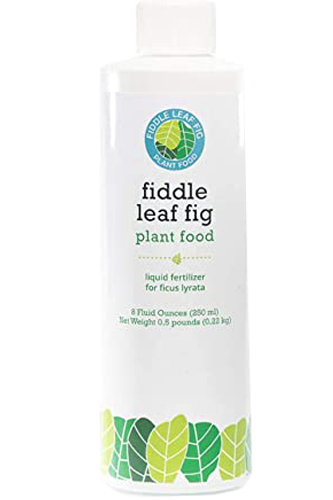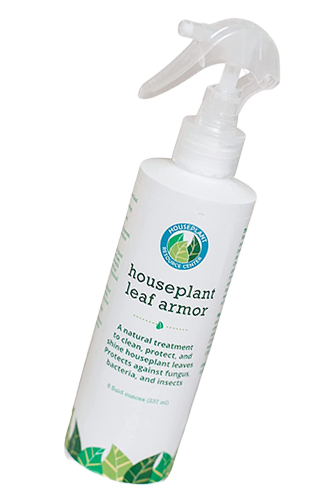Fiddle Leaf Fig: The Indoor Houseplant That Purifies Your Home
Indoor plants have always been natural air purifiers, with countless anecdotes from home growers reporting a lessening of their allergies and sinus problems when they fill their houses with plants. But is there a real correlation between indoor plants and air quality, or is it just all talk?
According to recent studies from NASA and the University of Technology, Sydney, there may be much more to this than mere anecdotal evidence. Learn how to improve indoor air quality with plants like the fiddle leaf fig for better health and wellness at home.
Latest Research on Plants and Indoor Air Purification
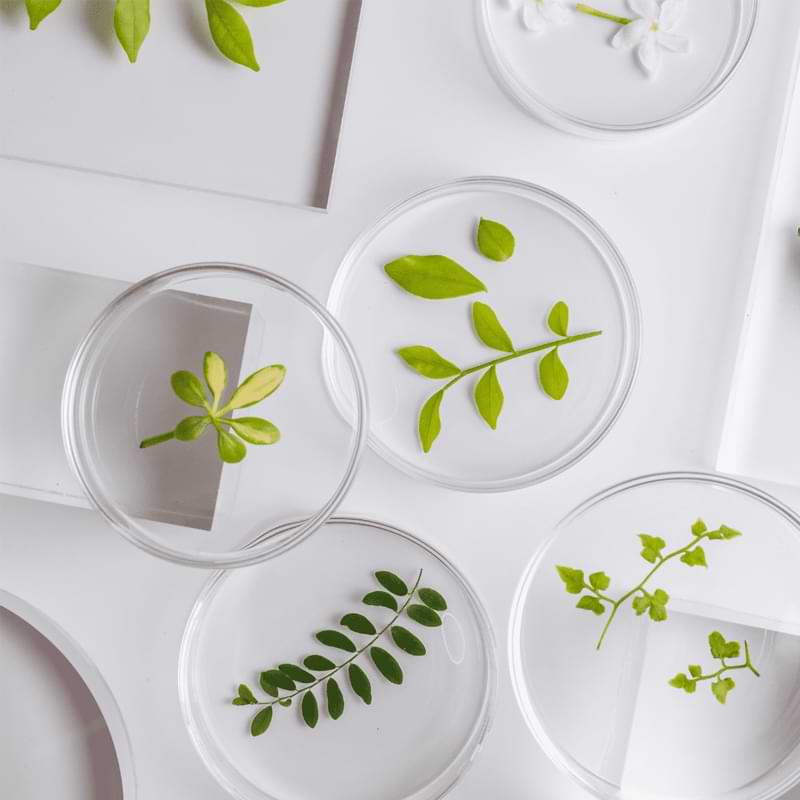
The journey towards uncovering the connection between indoor plants and air quality began in 1989 when NASA conducted the Clean Air Study. During this study, scientists tested a variety of common houseplants to determine their ability to purify the air by removing cancer-causing toxins such as benzene, formaldehyde, and trichloroethylene.
To everyone’s astonishment, the results showed that certain species of indoor plants were highly effective at removing these harmful chemicals from the air. And one of the top performers? Ficus plants, which include the fiddle leaf fig.
Furthermore, the analysis showed plants had better trichloroethylene, formaldehyde, and benzene removal within a confined space than anything NASA could engineer. In fact, research was rather positive for ficus plants when it came to air-borne formaldehyde, a compound it uses in its metabolism.
More recently, a University of Technology, Sydney study looked beyond the effect of indoor plants on benzene removal, focusing on cancer-causing toxins released from VOCs, gasoline, and caustic substances. The study found that indoor plants can help reduce the levels of these toxins, further supporting the idea that fiddle leaf figs and other houseplants can positively impact indoor air pollution.
The study also found that the dozen indoor plant species used removed 97% of cancer-causing toxins from the air. This evidence highlights the potential green wall benefits of plants in urban areas where indoor air pollution is often a significant concern.
Poor Indoor Air Quality: What Is It & Do You Have It?
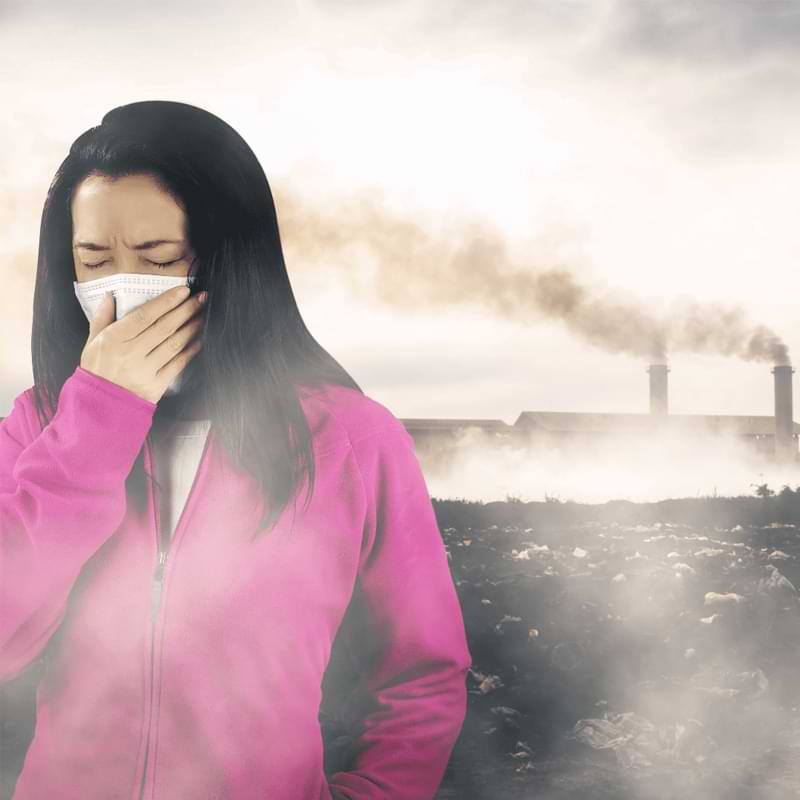
It surprises many that indoor air pollution is up to 2.5 times worse than outdoor air. This is due to a combination of factors such as:
- Poor ventilation. From lack of windows to inefficient air exchange systems, many homes have poor ventilation, which leads to a buildup of indoor air pollution.
- Household chemicals. Cleaning solutions, air fresheners, and many everyday household items contain toxic chemicals that can contribute to poor indoor air quality.
- Mold and mildew. These unsightly household issues release harmful spores into the air, which can lead to respiratory problems.
- Outdoor pollutants. Pollen, dust, and other particles can easily enter our homes through open windows and doors or on our clothing. These pollutants can become trapped indoors, further contributing to poor air quality.
- Building materials. Many building materials, such as paint and furniture, can contain volatile organic compounds (VOCs), which release cancer-causing toxins into the air. Structures built before the 1970s are particularly prone to these issues.
These causes vary in the toxins they release, with some creating high levels of formaldehyde or benzene while others release VOCs. Regardless, the presence of these toxins can lead to several health issues, including:
- Headaches and dizziness
- Fatigue and difficulty concentrating
- Respiratory problems such as asthma and allergies
- Skin irritation
- Nausea and other digestive problems
- Nervous system damage
Knowing whether or not these symptoms result from indoor air pollution isn’t always obvious, but there are ways you can check. The easiest way is to have your indoor air tested, but you can also look out for some common signs of poor air quality, such as:
- A lingering musty smell
- Visible mold growth
- Frequent headaches or respiratory issues in a particular room or area of the home
- Dust buildup on surfaces that is difficult to remove
If any of these signs apply to your home, it may be time to get some Fiddle Leaf Fig soil and start growing your own plants.
How Do Fiddle Leaf Fig Plants Help Clean The Air?

Both the NASA and University of Technology, Sydney study used multiple species of plants to determine their air purification abilities. So why did the ficus perform so well, and what does that mean for indoor plants like the fiddle leaf fig within its family?
The secret lies in the photosynthesis process. Typically, plants with larger leaves can photosynthesize at a higher rate, absorbing more sunlight and carbon dioxide to produce oxygen.
Because ficus plants, like the fiddle leaf fig, have large, broad leaves, they can take in more carbon dioxide and release more oxygen into the atmosphere. As a result, they can also take in more air pollutants and break them down through a process known as phytoremediation.
But it isn’t just the leaves that make the fiddle leaf fig a great cleaner. The large amounts of cancer-causing toxins the plant absorbs are filtered down through its roots into the soil, where beneficial bacteria and microorganisms break it down into harmless compounds. This allows the plant to thrive and contributes to consistently cleaner indoor air.
How To Grow Indoor Plants For Better Air Quality
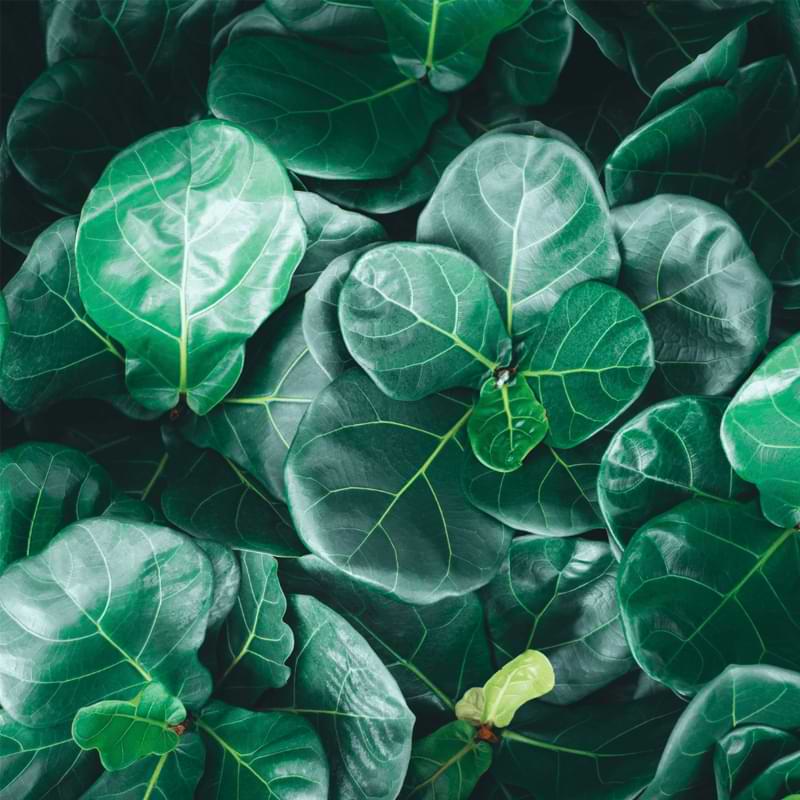
With all the science and evidence backing up the benefits of indoor plants for air quality, it’s no wonder that more and more people are incorporating them into their homes. But how can you get started?
Grow Fiddle Leaf Fig Plants in Soil
Growing fiddle leaf fig plants from soil is pretty simple, provided you maintain the optimal climate conditions. If you don’t live in the right environment, don’t worry! The Ultimate Fiddle Leaf Fig Care Bundle can help you create the perfect environment for your plant to thrive.
See what makes specialty Fiddle Leaf Fig soil ideal for growing air-cleaning houseplants.
Propagate Fiddle Leaf Fig Plants in Water
Don’t have the time or space to grow a fiddle leaf fig from seed? No problem. With my favorite propagation promotor, sharp pruning shears, and healthy fiddle leaf fig cuttings from a mature plant, you can grow your own fiddle leaf fig for improved air quality.
Take Advantage of Green Wall Benefits
Already have a ton of plants spread around your house? Consider starting a green wall with fiddle leaf figs and some of your favorite air-purifying plants. Not only will this help clean the air in your home, but green wall benefits also include a touch of beauty and charm to any home.
How Many Indoor Plants Do I Need To Improve Air Quality?
Research from NASA and the University of Technology, Sydney studies, suggests that having just one indoor plant every 100 square feet can significantly improve air quality. Considering that a one-bedroom home ranges between 550 to 1000 sqft, that would mean having 5 to 10 plants for optimal air purification.
While it may seem like a lot of plants, the truth is that their presence helps in more ways than one in improving air quality. For example, large-leaf plants like the fiddle leaf fig attract dust and other particles on their leaves, helping to remove them from the air. With all-natural and gentle leaf shine wipes, that dust will be gone in no time, leaving your plants looking healthy and beautiful while improving the air quality in your home.
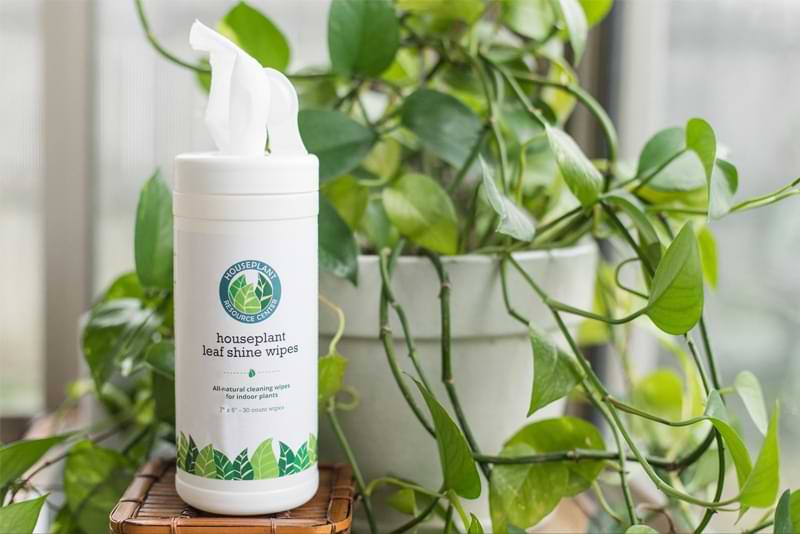
If you don’t have the space for several mature fiddle leaf fig plants, consider grouping other smaller plants, such as pothos, orchids, and spider plants, to experience air-purifying green wall benefits. These options are easy to care for and have proven effective indoor plants for benzene removal.
Maintaining Indoor Plants For Better Air Quality
Any houseplant, including fiddle leaf figs, will be useless in its air-purifying abilities if it isn’t well-maintained. Here are my top tips for keeping your indoor plants healthy and improving your home’s air quality:
- Bright, indirect sunlight is vital. Too much sun exposure can affect photosynthesis and metabolization in fiddle leaf fig plants, thus reducing their air purification abilities. Keep them in a well-lit room but away from direct sunlight.
- Proper watering is essential. Overwatering can lead to root rot and fungal growth, releasing more toxins into the air. Allow the top inch of soil to dry out before using your watering can, and be sure not to let your plant sit in excess water for too long.
- Invest in high-quality plant food. The best fiddle leaf fig plant food provides balanced, essential nutrients like nitrogen, phosphorus, and potassium. This will help keep your plant healthy and strong, improving its ability to purify the air.
- Keep an eye out for pests. Insects and other pests can harm your plant and negatively impact its air purification abilities. Regularly inspect your plants and use Leaf Armor to help prevent pests from taking over.
- Prune regularly. Trimming off any dead or damaged leaves not only improves the appearance of your plant but also allows it to focus its energy on healthy growth and air purification. Use sharp pruning shears for a clean cut, and remove any yellowing or browning leaves as soon as possible.
Finally, keep humidity and temperature levels around the plant high. The fiddle leaf fig loves environments that average 55 to 75 degrees Fahrenheit with at least 50% humidity.
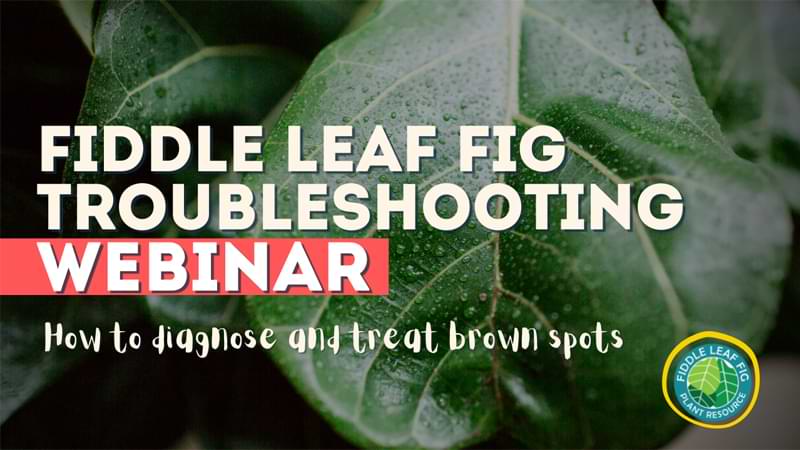
FAQ: Indoor Plants & Air Quality
1. How long does it take for indoor plants to remove cancer-causing toxins?
Studies have shown that indoor plants remove cancer-causing toxins within 24 hours of placing houseplants indoors. However, it is recommended to have multiple plants to experience the same health benefits as green walls in homes as used in the University of Technology, Sydney study for optimal results.
2. Can all indoor plants improve air quality?
While all houseplants have some level of air purification abilities, not all are equally effective when it comes to formaldehyde or benzene removal. Choosing plants that have been studied and proven to effectively remove toxins from the air, such as fiddle leaf figs, pothos, orchids, and spider plants, is recommended.
3. Do indoor plants need sunlight for air purification?
Yes, indoor plants require sunlight to carry out photosynthesis and purify the air. However, too much direct sunlight can also harm the plant’s air purification abilities, so be sure to find a balance for the best results.
Improve Indoor Air Quality With Fiddle Leaf Fig Plants
With evidence from NASA and the University of Technology, Sydney study showing the green wall benefits of indoor plants, there is no better time to start growing fiddle leaf figs. From less dust to reduced cancer-causing toxins, these plants provide numerous benefits that keep you and your home healthy.
Need help maintaining optimal indoor air quality with fiddle leaf fig plants? Sign up for our newsletter to never miss an update on keeping your houseplants healthy and thriving. Happy growing!
Learn More About Fiddle Leaf Fig Care
- Join a vibrant online community of Fiddle Leaf Fig growers for support, guidance, and tips.
- Sign up for our free Fiddle Leaf Fig Care 101 Webinar and Fiddle Leaf Fig Course.
- Order your paperback or Kindle copy of The Fiddle Leaf Fig Expert – a complete guide to growing healthy fiddle leaf fig plants.
- Get helpful advice from other growers by joining our Facebook Fiddle Leaf Fig Plant Resource Group.


